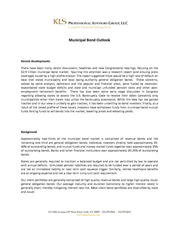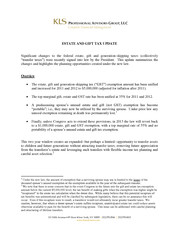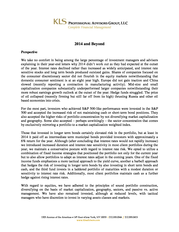Description
Action Steps
Lifetime transfers through the use of annual exclusion gifts and utilization of gift tax exemption
remains one of the most effective strategies to significantly reduce an individual’s federal
transfer tax liability. Additional state transfer tax benefits may also be realized for residents of
states such as New York that impose an estate tax but do not impose a gift tax.
For those who are contemplating lifetime gifts but are concerned about irrevocable divesture of
assets, transferring assets to a lifetime trust incorporating the spouse as a permissible (if not
primary) beneficiary is an effective technique to preserve “access” for a married couple. While
the primary purpose of the trust is to benefit future generations without incurring transfer tax,
including the spouse as a permissible beneficiary provides greater flexibility in the event that
financial circumstances change. The trust should also be structured as a “grantor trust” for
income tax purposes whereby the grantor is liable for the payment of the trust’s income tax
liability.
Since the payment of the trust’s income tax liability is not considered an addition to the trust, the grantor effectively transfers additional value to the beneficiaries of the trust without making an additional gift. This reduces the grantor’s estate by the income tax paid while allowing the trust to appreciate in a tax-free environment. Beyond this, most wealth transfer strategies involve one or both of the following concepts: 1) the technical impairment of the value of an asset currently transferred to later have a beneficiary realize the asset’s full market value; and/or 2) interest rate or time-value strategies where the performance of the transferred asset is anticipated to exceed an IRS established hurdle rate. Some of the techniques used to implement these concepts include leveraged inter-vivos credit shelter trusts, Qualified Personal Residence Trusts, Grantor Retained Annuity Trusts and Family Limited Partnerships. Valuation discounts for lack of marketability and/or control may also be available contingent upon the asset being transferred.
Use of one (or more) of these techniques enhances the benefit of the increased transfer tax exemption. There are many personal considerations to address in ultimately deciding on a wealth transfer strategy. The new tax, and its two year window period, provide the impetus to timely address these issues. Your KLS Advisor will work with you to facilitate the decision making process. February 2011 -2- .
Since the payment of the trust’s income tax liability is not considered an addition to the trust, the grantor effectively transfers additional value to the beneficiaries of the trust without making an additional gift. This reduces the grantor’s estate by the income tax paid while allowing the trust to appreciate in a tax-free environment. Beyond this, most wealth transfer strategies involve one or both of the following concepts: 1) the technical impairment of the value of an asset currently transferred to later have a beneficiary realize the asset’s full market value; and/or 2) interest rate or time-value strategies where the performance of the transferred asset is anticipated to exceed an IRS established hurdle rate. Some of the techniques used to implement these concepts include leveraged inter-vivos credit shelter trusts, Qualified Personal Residence Trusts, Grantor Retained Annuity Trusts and Family Limited Partnerships. Valuation discounts for lack of marketability and/or control may also be available contingent upon the asset being transferred.
Use of one (or more) of these techniques enhances the benefit of the increased transfer tax exemption. There are many personal considerations to address in ultimately deciding on a wealth transfer strategy. The new tax, and its two year window period, provide the impetus to timely address these issues. Your KLS Advisor will work with you to facilitate the decision making process. February 2011 -2- .
Personal Finance Presentations
+
Personal Finance Sub Categories
KLS Professional Advisors Group









